Be honest with me, you completely forgot that the Holden Adventra even existed. They used to be everywhere of course, but time hasn't been kind to the big thunderous SUV. Seeing one on the roads these days in 2017 is an event in itself.
Part of why they're such a rarity was because they were a bit of a showroom flop, which is a confusing thought if you think about it.
The Adventra arrived on the scene in 2003, smack bang in the middle of the boom around SUV production. At the time, jumping into the SUV game was just about the easiest decision a car manufacturer could make. Even dyed-in-the-wool sports and premium brands like Porsche and BMW were doing it — so a brand like Holden should've taken to the SUV segment like a duck to water.
But, they didn't. Three years later with the end of the VY and VZ-generation Commodores the Adventra was gone. And we haven't really spoken about it, or the notion of a mountain-climbing Commodore, since. That was until yesterday, when the manufacturer confirmed the Tourer; a raised variant of the 2018 Opel Insignia–based Holden NG Commodore.
So, is history about to repeat itself? Let's compare apples with bananas and ask; why did the Adventura fail in the first place?
Heavy, loved the drink
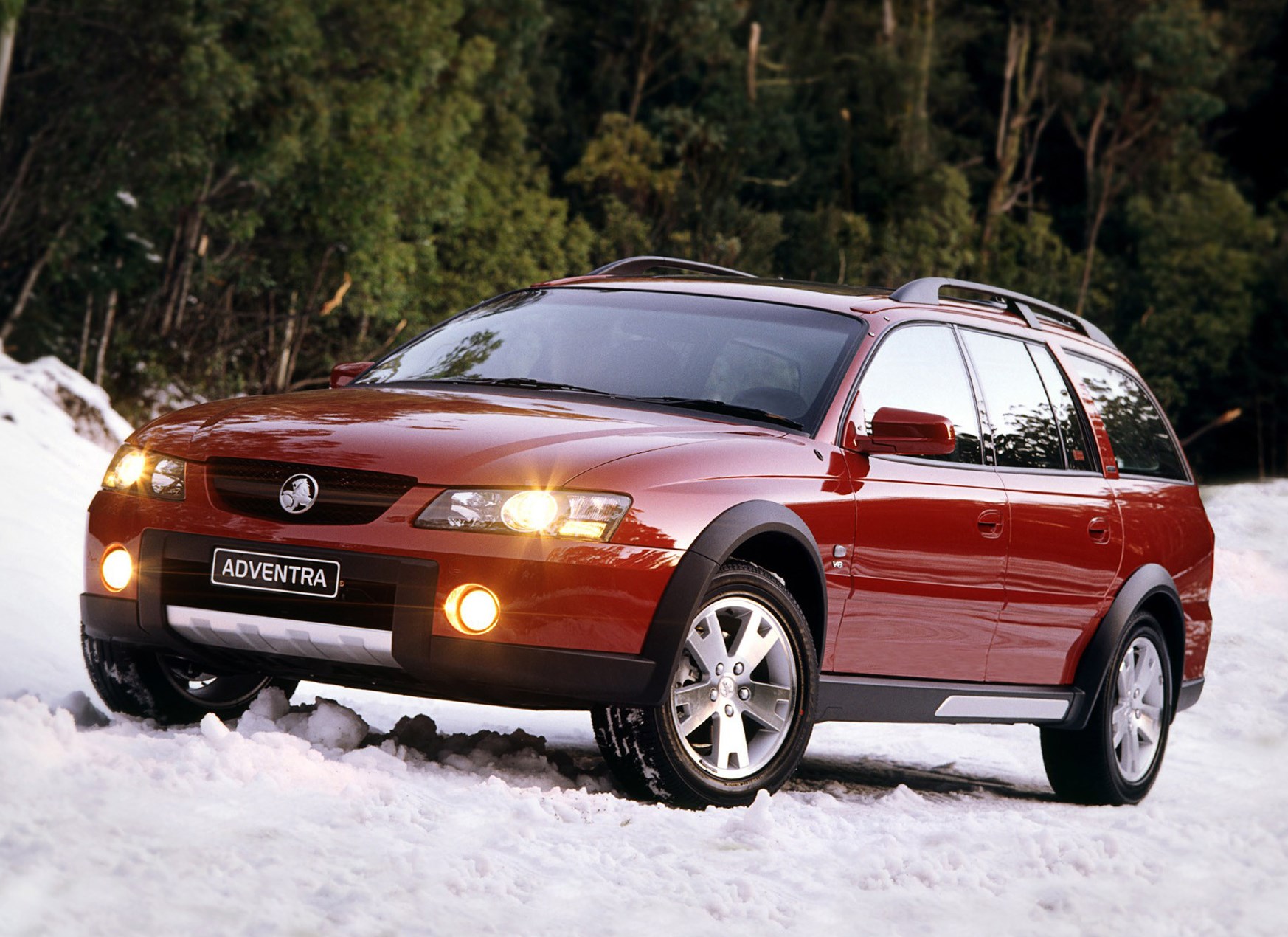
SUVs weren't the only vogue product to gain popularity through the noughties, with small cars also gathering momentum in the midst of that whole 'global warming' thing that was coming to light.
Simultaneously, families began to trade in their big-engined cars for little ones, in the hope of saving money on petrol as prices started to soar. And while the Commodore and the Falcon were able to get by based on their nameplate cache, the Adventra fell through the cracks.
What helped seal its fate was the way in which it absolutely loved to consume petrol. The LS1-powered 5.7-litre variants would sip fuel at a claimed 15.3 litres per 100km. That's more than current fire-breathing HSV GTS — from a vehicle aimed at families and the mass market.
In several ways, it was simply the wrong car to make.
Challenging to produce
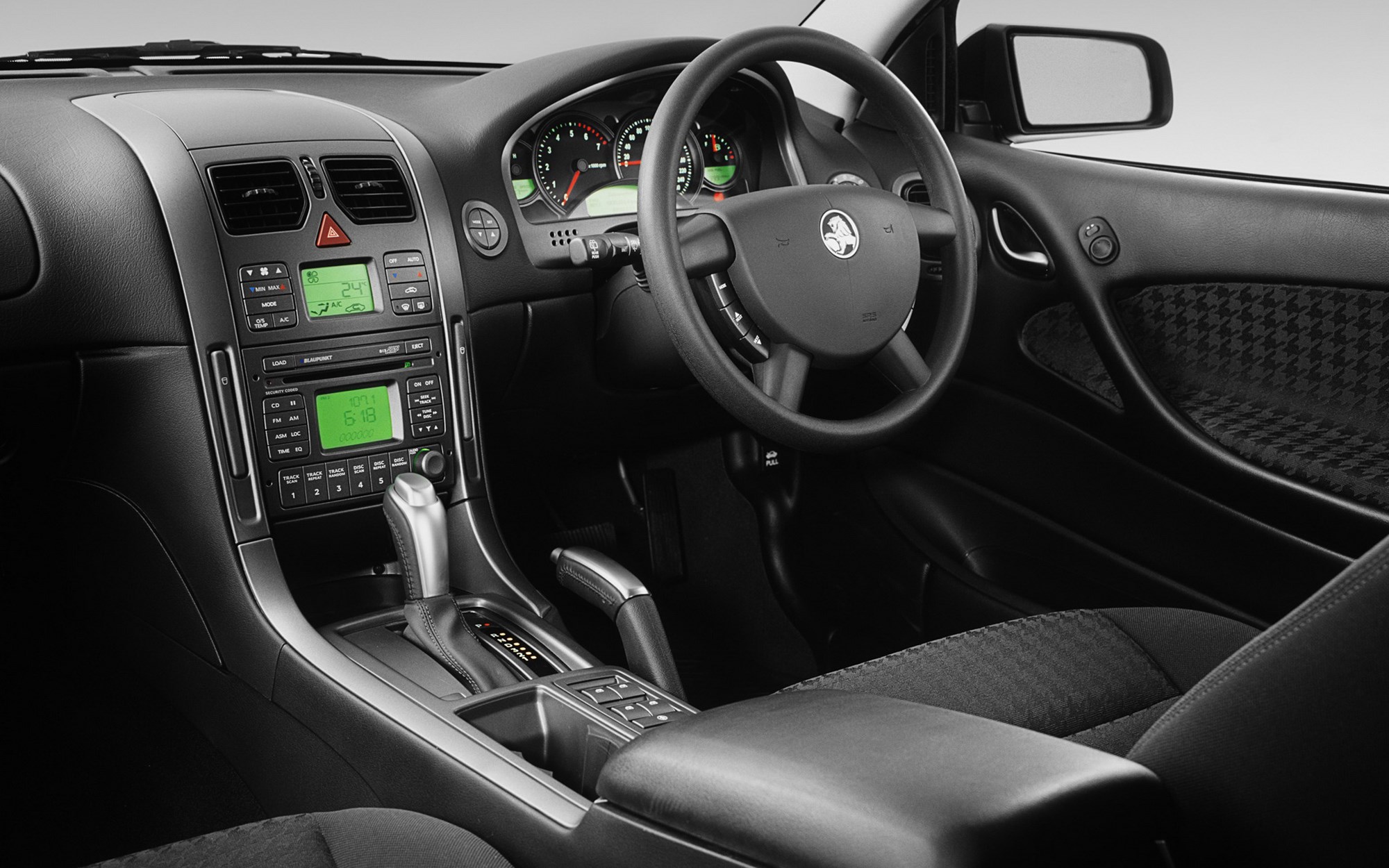
The first Adventra to be struck off was the V8 version in late 2005, with Holden citing “the need to reduce manufacturing complexity at the Elizabeth, South Australia operations” as part of the reasoning.
The reality was that Holden were probably just slowly phasing the Adventra out by this point, regardless of whether one model was more difficult to make than another.
What was certain was that the Adventra wasn't the best-built product from the Holden range. They quickly became known for their squeaks and rattles in their early years. Mechanical gremlins of some form often weren't far behind either, specifically with the steering and valve seals (perhaps another reason why they're such a rare sight on the road today).
V6 availability

One of the main selling points of the Adventra was that, unlike its price rivals, it was more car-like to drive. A handy thought at the time, especially considering how many of the most popular selling SUVs in 2017 are based on small hatchbacks.
But while it felt car-like to drive, a car-like engine — a V6 — wasn't introduced to the Adventra range until almost two years after its launch. This was because the natural early V6 fit from the Commodore was set to be phased out. So rather than offer it in early Adventras, Holden reportedly stuck with just V8s until the new V6 could slide into the range in March 2005.
While those after a big hearty V8 couldn't care less, the large portion of the market after a more frugal engine voted with their feet in the meantime.
An off-road Holden?
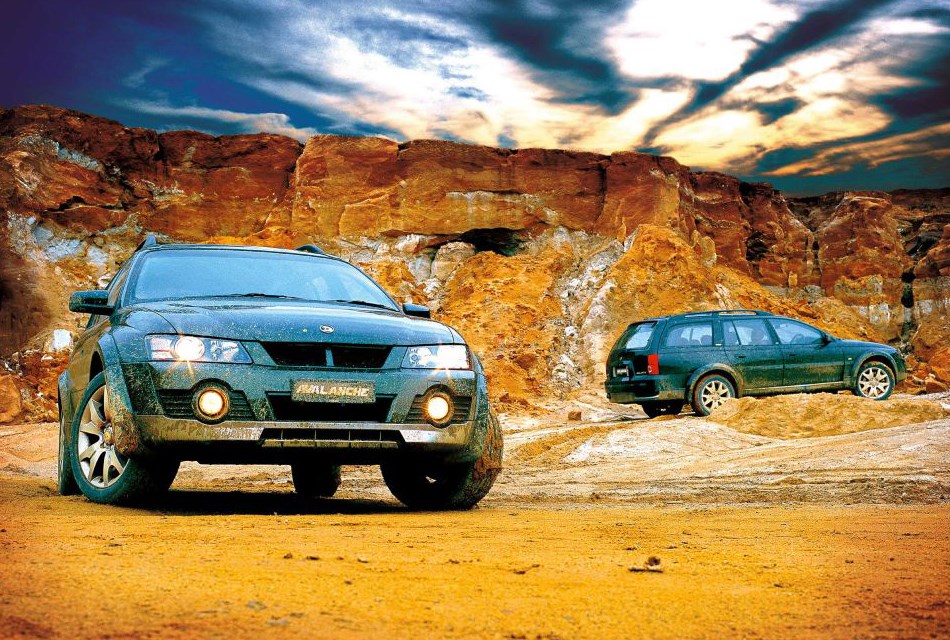
People can be fickle sometimes, and even though the Adventra was no slouch off road — thanks to Holden's newly engineered Cross Trac all-wheel drive system — it was never really spoken of in the same breath as the more serious off-roaders from the segment.
Holden recognised that they needed to legitimise the Adventra's performance chops, and hatched a secret plan to plonk nine-time Bathurst 1000 champion Peter Brock into a highly modified example and take on the infamous international Dakar Rally in 2006.
The project was pushed back a few years, and then Brock's shock death in 2006 shelved things entirely.
In the meantime, an HSV version named the Avalanche was released; further confusing the market as to what this platform really was. Sure, they splashed some mud on a couple of them for the above photoshoot, but just how many of them have ever seen gravel and mud?
The Ford Territory
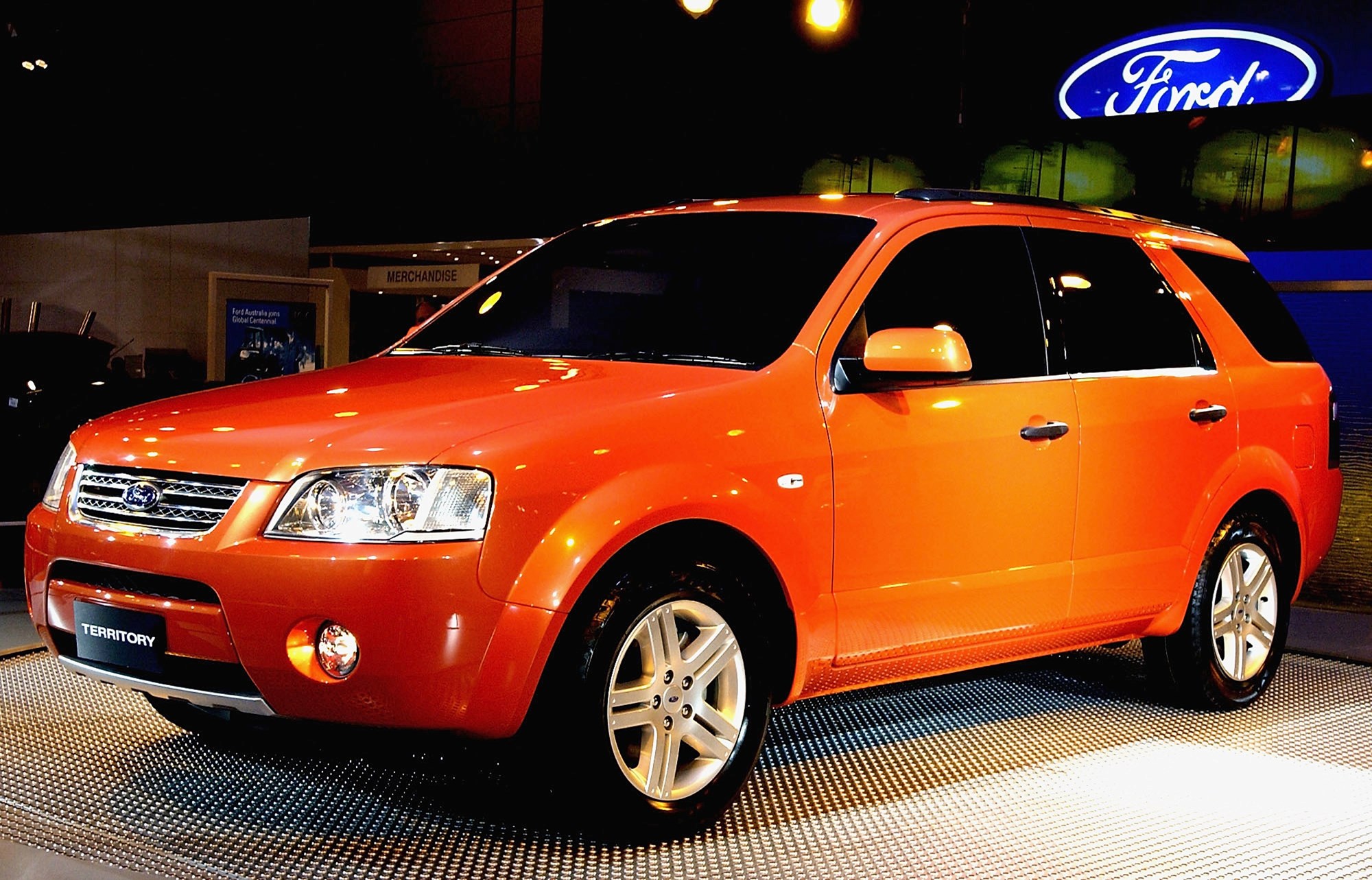
In 2005, Holden sold 3,000 Adventras. In the same year, Ford sold 22,000 of their Aussie SUV — the Territory.
Why the disparity? Well, the Territory was simply the right format for what the market wanted. It was pretty much everything that the Adventra wasn't.
Introduced in 2004, the Territory was also based on its four-door sedan counterpart (the BA Falcon). But, unlike the Adventra, it targeted a more humble corner of the market. There was no V8 version, just Ford's Barra inline-six and a turbo-diesel V6, and it had smaller dimensions. And because of that, it was a much more approachable product from the get go.
Ford (well, FPV) eventually introduced a performance version, the F6, some four years after launch. It wasn't really a sales success itself, but because it wasn't the staple of the Territory range like the V8 Adventra was to Holden, dropping it from the line-up wasn't a deal breaker.
So, what about the 2018 Tourer?
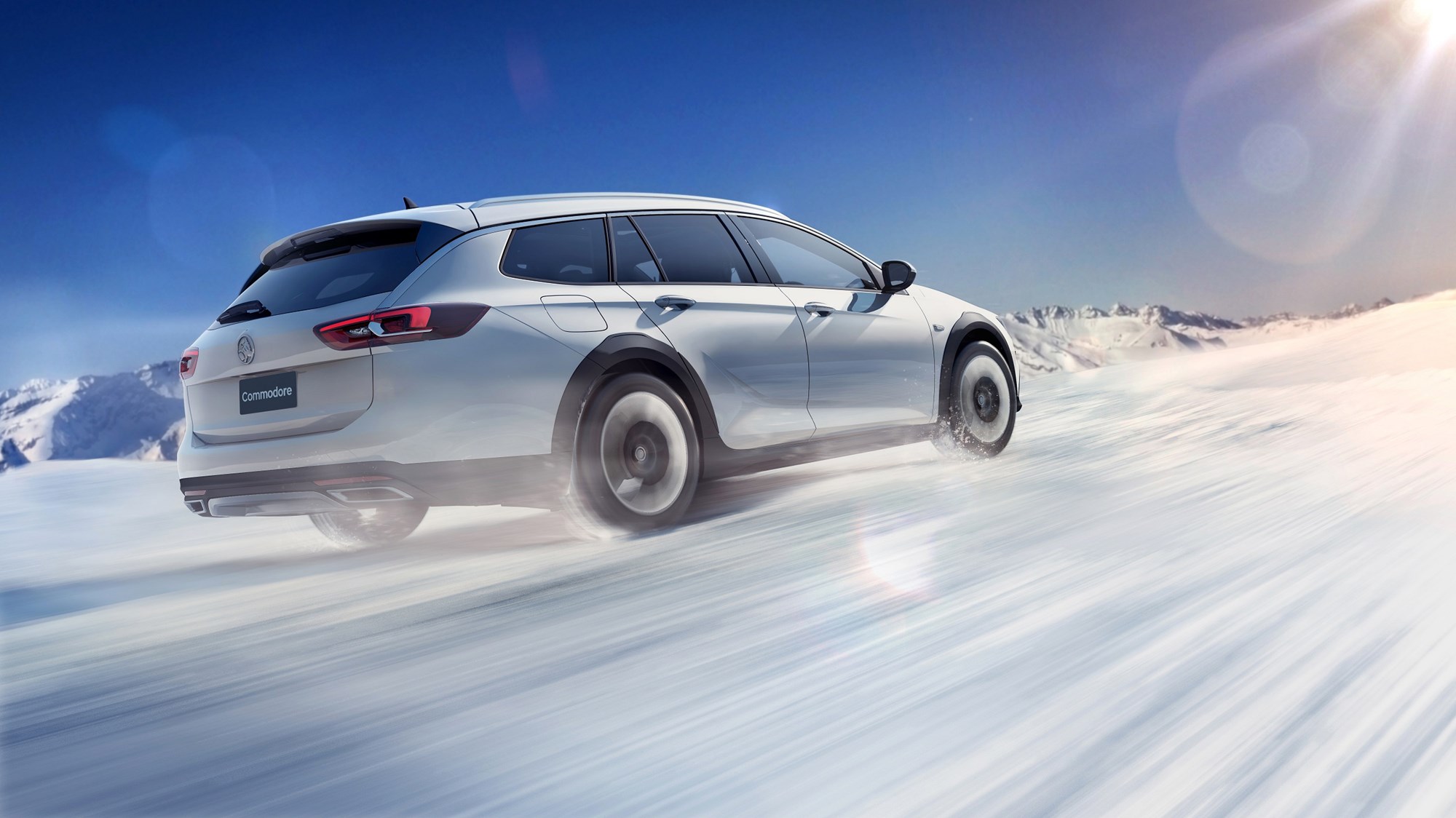
It almost feels unnatural to stack up the Tourer and the Adventra, as the pairing feel like they're from completely different planets. Despite wearing the same lion-and-ball badge.
While we're effectively just crystal-balling things, the Tourer should eclipse the Adventra — at least in terms of lifespan. The SUV game has changed heavily since the mid-00s, with the advent of crossovers complicating the segment even more.
Even though the Tourer's off-road additions are relatively mild, it is a better reflection of what the market want from a gravel-eating family wagon. Engines are smaller, and its closer relationship with its sedan-equivalent is a strength, not a weakness.
I expect big things from the Tourer, indeed from the next Commodore as a whole. It'll need to be good, very good, to satisfy the Holden faithful.




